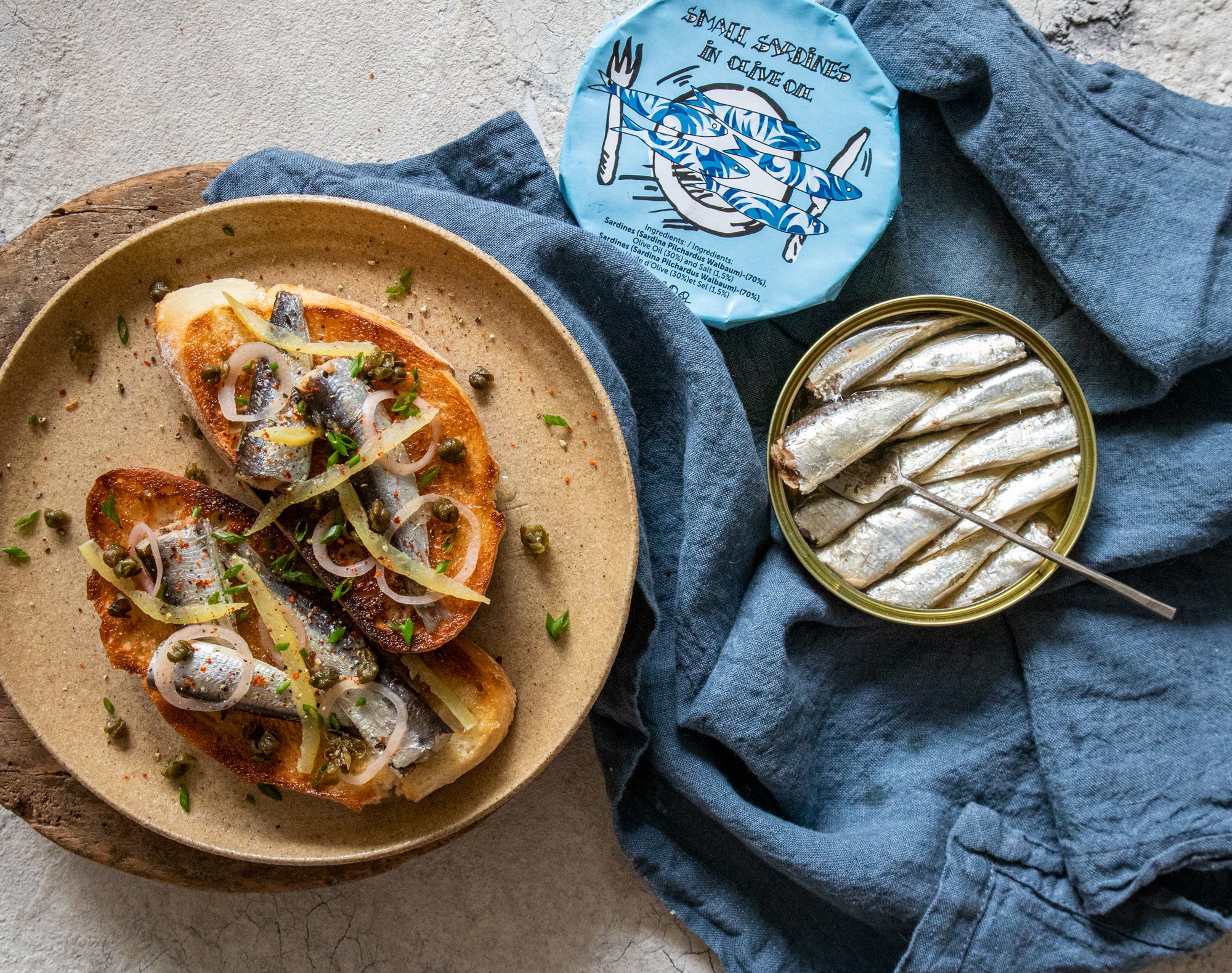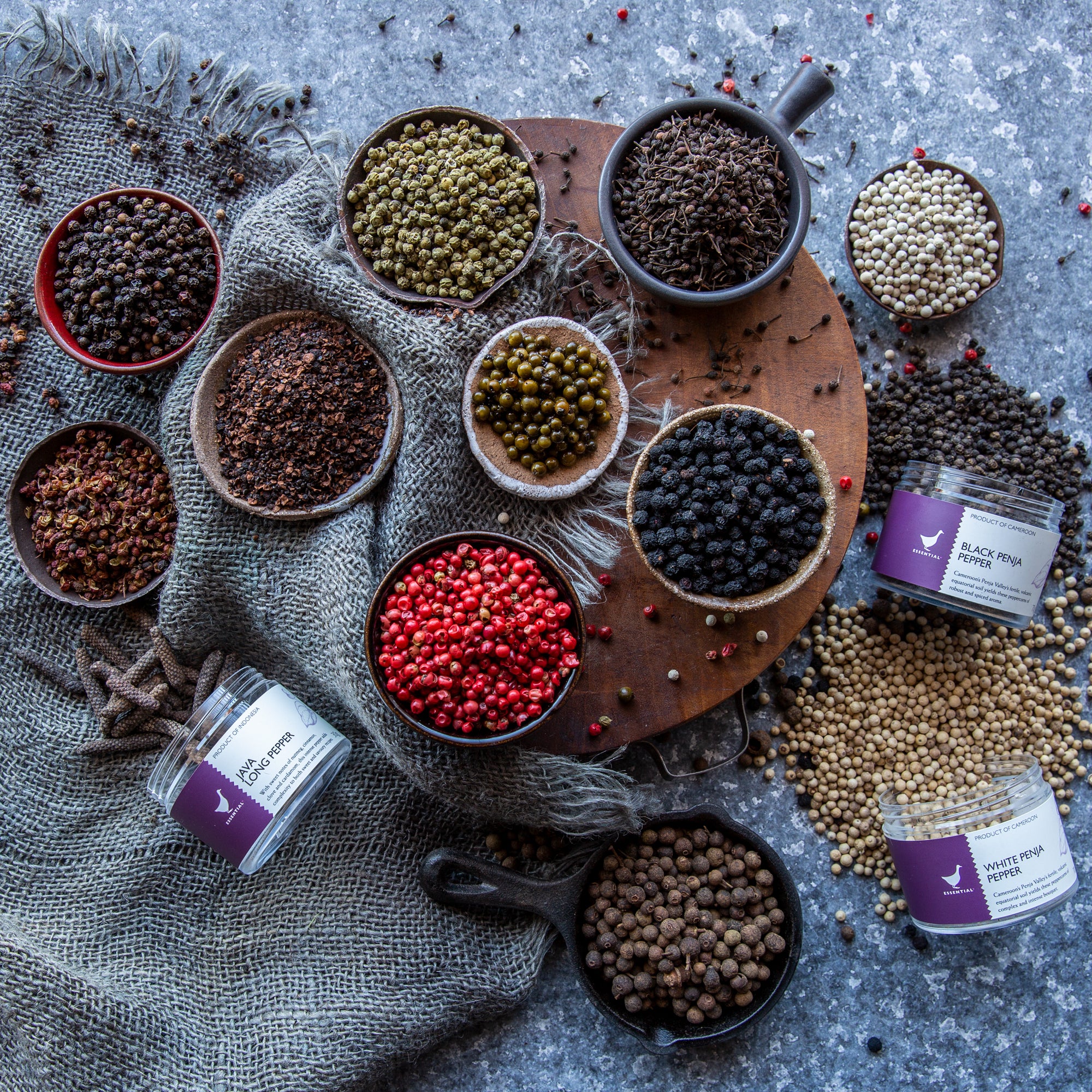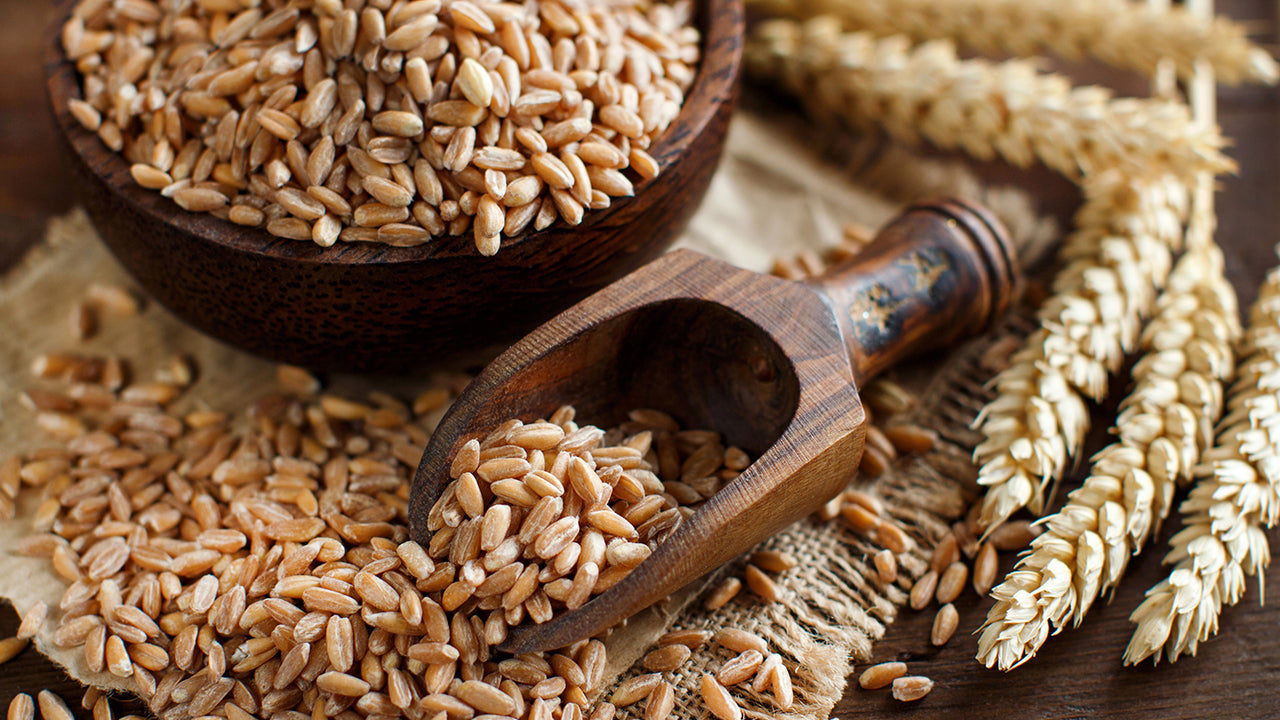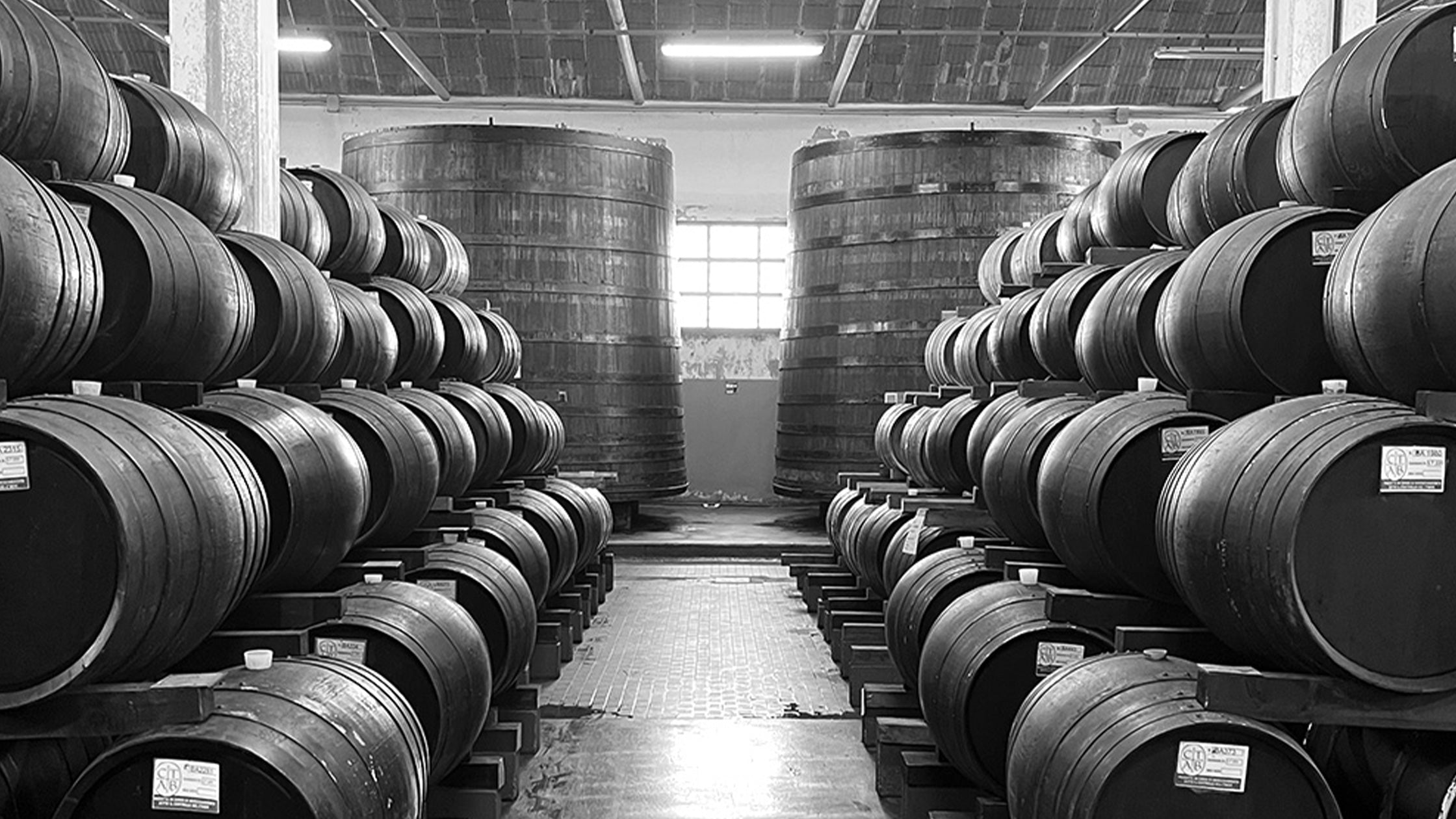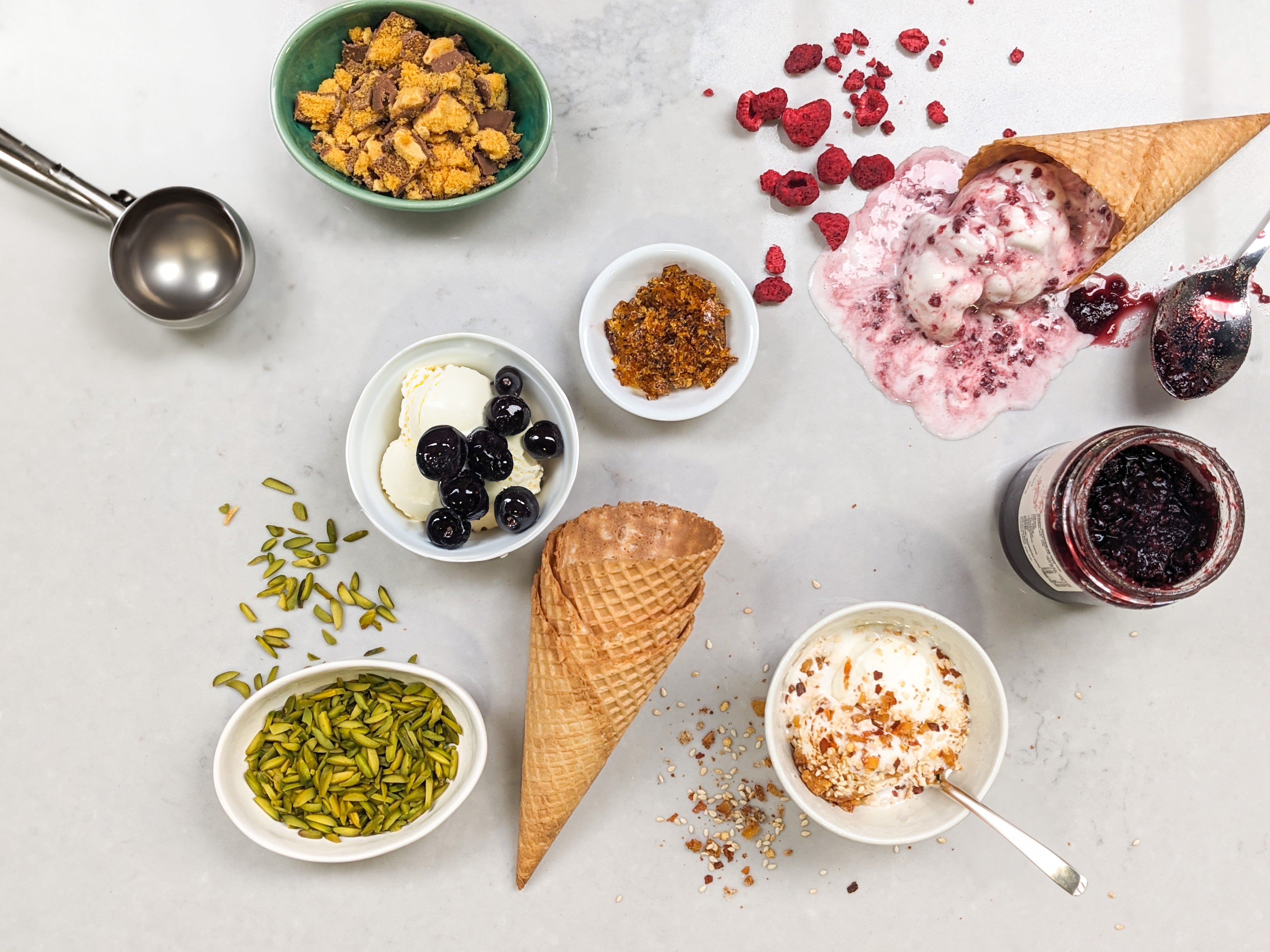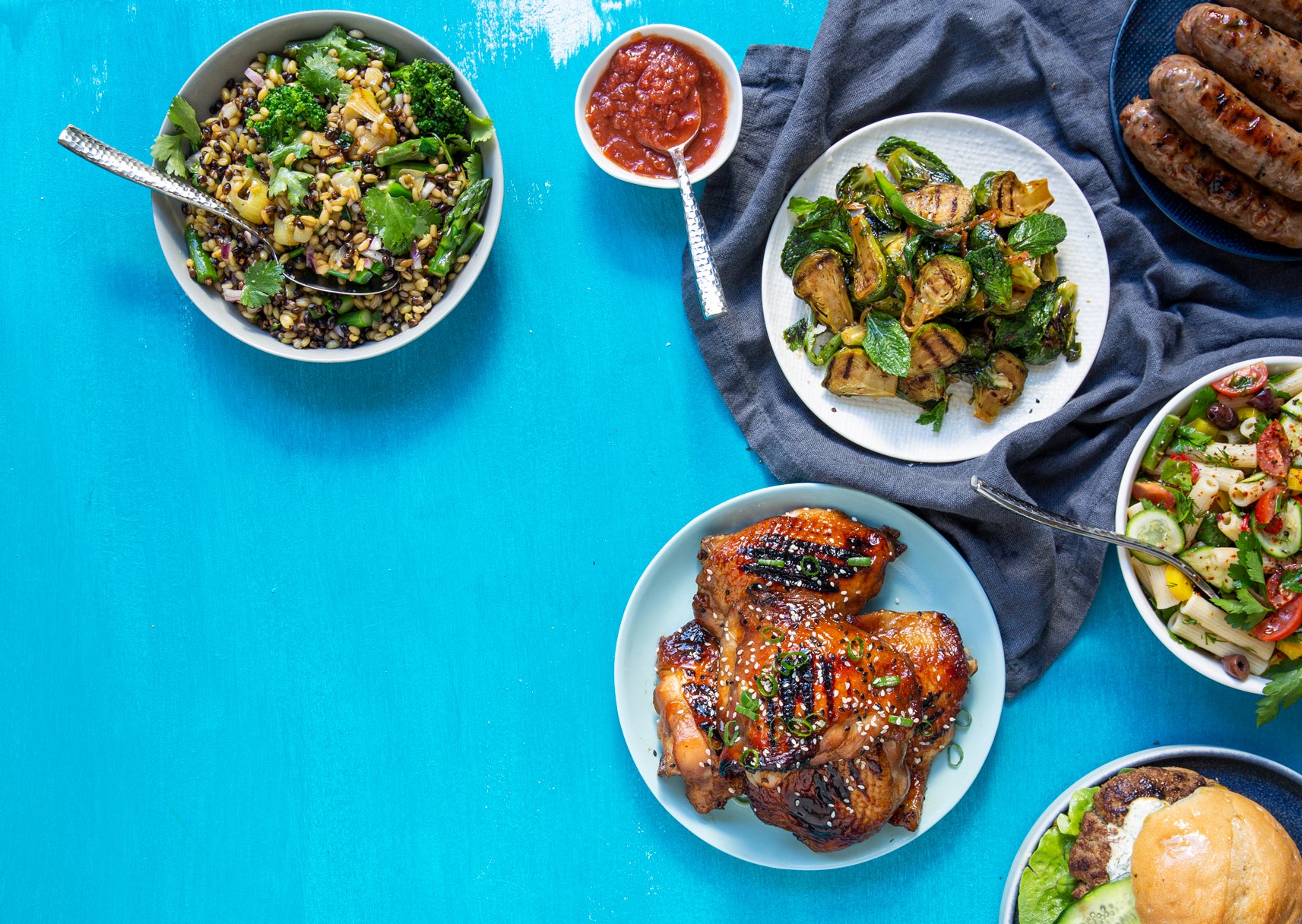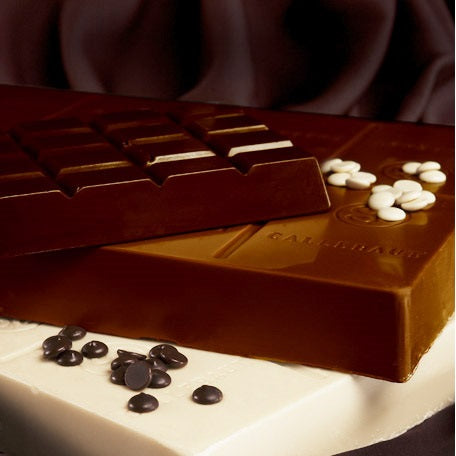
When life happens...add chocolate
Last updatedOk so you’ve got time on your hands (which are very well washed). Now is the perfect opportunity to hone some new skills.
If you love chocolate and you like to cook, you probably have a repertoire of favourites. However the art of tempering is a skill that can unhinge even the most proficient of cooks. Most recipes do not call tempered chocolate as such, but it does demand it to be cared for. Stephanie Alexander, in the tome of a book “The Cooks Companion”, recommends the following:
- Chip or grate the chocolate before melting
- Make sure the spoon and bowl are completely dry. Moisture will cause the chocolate to seize and tighten. A couple drops of vegetable oil will rescue it but be careful not to use butter as it contains moisture and will simply make it worse.
- Melt chocolate on low or medium heat. High heat will cause it to turn dry and grainy.
- Melt chocolate in batches, it will be easier to maintain an even temperature throughout.
- Melted chocolate should feel warm rather than hot.
To melt:
In a double boiler: Bring water to a full boil in the bottom of a double boiler, then turn off the heat. Place grated chocolate in the top of the double boiler. The water in the bottom should come right up to the level of the chocolate. Allow the chocolate to stand undisturbed for 5 minutes, then stir it until completely melted.
Over hot water: Bring a saucepan of water to the boil, then turn the heat very low. Put the grated chocolate in a bowl wide enough to sit on top of the saucepan. The bowl must sit tightly on the pan as steam will spoil the chocolate. Allow the chocolate to stand undisturbed for 5 minutes, then again stir it until completely melted.
In a microwave oven: Put the chopped chocolate in a microwave proof bowl. Do not cover as moisture could form. Microwave on medium for 1 to 2 minutes. Stir the melted chocolate until smooth.
With other ingredients: To melt chocolate with milk, cream, coffee or water, add chocolate to cool rather than hot liquids and melt gently over direct heat while stirring. When adding liquid to already melted chocolate, the liquid should be warm to hot, otherwise the chocolate will seize and tighten.
Our final word on Chocolate is use couverture where possible not compound; couverture chocolate combines cocoa and cocoa butter (much better quality) – whereas compound chocolate is made up of cocoa and oil (often palm) which gives an oily residue in your mouth, although it does not require tempering.
To coin a phrase from one of our 1980’s favourites XTC – when choosing chocolate have all 5 senses working overtime; see, hear, smell, touch and taste.
See
Chocolate has to be glossy, displaying an obvious sheen. Depending on the type the colour should be deep glossy browns, with rich timber hues that would make your colourist weep.
Hear
Snap to it! A good chocolate will have a sharp ‘snap’ when broken.
Smell
Long slow love takes time and ends with a quality product. Take a good sniff, if you can smell caramel, you might have a winner!
Touch
Just like your recently de-haired face or legs, good chocolate will be firm and smooth. Hold a small piece between your fingers if it melts within seconds eat it quickly and buy more! It’s the sign of a good quality chocolate. If it doesn’t melt…leave it alone.
Taste
It should feel smooth and silky. The flavour might have some sweetness and anything from blueberry to leather. It should not be grainy or oily or too sweet.

